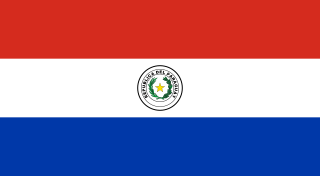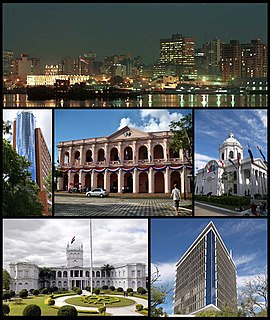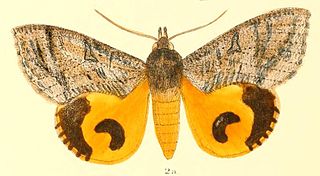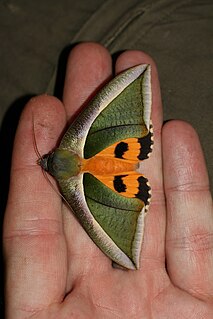
Paraguay, officially the Republic of Paraguay, is a country in South America. It is bordered by Argentina to the south and southwest, Brazil to the east and northeast, and Bolivia to the northwest. Although it is one of only two landlocked countries in South America, the country has coasts, beaches and ports on the Paraguay and Paraná rivers that give exit to the Atlantic Ocean through the Paraná-Paraguay Waterway. Due to its central location in South America, it is sometimes referred to as Corazón de Sudamérica.

The Chaco War was fought between Bolivia and Paraguay over control of the northern part of the Gran Chaco region of South America, which was thought to be rich in oil. It is also referred to as La Guerra de la Sed in literary circles, for being fought in the semi-arid Chaco. It was the bloodiest military conflict fought in South America during the 20th century, between two of its poorest countries, both having previously lost territory to neighbors in 19th-century wars.

Asunción is the capital and largest city of Paraguay. The city is located on the left bank of the Paraguay River, almost at the confluence of this river with the River Pilcomayo, on the South American continent. The Paraguay River and the Bay of Asunción in the northwest separate the city from the Occidental Region of Paraguay and Argentina in the south part of the city. The rest of the city is surrounded by the Central Department.

The Paraguayan War, also known as the War of the Triple Alliance was a South American war fought from 1864 to 1870, between Paraguay and the Triple Alliance of Argentina, the Empire of Brazil, and Uruguay. It was the deadliest and bloodiest inter-state war in Latin America's history. It particularly devastated Paraguay, which suffered catastrophic losses in population, and it was forced to cede territory in dispute with Argentina and Brazil.

The Paraguay national football team is controlled by the Paraguayan Football Association and represents Paraguay in men's international football competitions. Paraguay is a member of CONMEBOL. The Albirroja has qualified for eight FIFA World Cup competitions, with their best performance coming in 2010 when they reached the quarter-finals. A regular participant at the Copa América, Paraguay have been crowned champions of the competition on two occasions. Paraguay's highest FIFA World Rankings was 8th and their lowest was 103. Paraguay was awarded second place with Best Move of the Year in 1996 for their rise in the FIFA Rankings.
Corycia is a synonym of several genera of Lepidoptera.

Eudocima is a genus of moths of the family Erebidae first described by Gustaf Johan Billberg in 1820.

Eudocima materna, the dot-underwing moth, is a moth of the family Erebidae found in widespread parts of the world, mainly in tropical Asia extending to New Guinea and Australia as well as in Africa. Reports from the United States, Canada and the French Antilles are now considered to be Eudocima apta. The species can be differentiated from other Eudocima moths by the presence of small central black dot in each hindwing. The species was first described by Carl Linnaeus in his 1767 12th edition of Systema Naturae.

Sarcopetalum harveyanum, known as the pearl vine, is a common plant found mostly in coastal areas of eastern Australia. It can be found in or around rainforests, and is also seen in eucalyptus forests.
Eudocima anguina is a moth of the family Erebidae first described by William Schaus in 1911. It is found in South America and in most of Costa Rica.
Eudocima apta is a moth of the family Erebidae. It is found in large parts of Brazil. At times it migrates north into the United States. The wingspan is about 45 mm.

Eudocima phalonia, the common fruit-piercing moth, is a fruit piercing moth of the family Erebidae. The species was first described by Carl Linnaeus in his 1763 Centuria Insectorum. It is found in large parts of the tropics, mainly in Asia, Africa and Australia but introduced into other areas such as Hawaii, New Zealand and the Society Islands. It is one of major fruit pests in the world.

Eudocima aurantia, the fruit-sucking moth, is a moth of the family Erebidae. The species was first described by Moore in 1877. It is found across south-east Asia, from Sri-Lanka to northern Queensland, Australia. It is also present on the Andamans.

Eudocima cajeta is a moth of the family Erebidae first described by Pieter Cramer in 1775. It is found in Sri Lanka, India and Indonesia.

Eudocima discrepans is a moth of the family Erebidae first described by Francis Walker in 1858. It is found in the north-eastern part of the Himalayas, western China, Singapore, Thailand and Sundaland.

Eudocima homaena is a moth of the family Erebidae first described by Jacob Hübner in 1816. It is found in the Indian subregion, Sri Lanka, Taiwan, the Nicobars, Peninsular Malaysia, Borneo, the Philippines and on Christmas Island. It is a major pest on orange plants.

Eudocima salaminia, the green fruit-piercing moth, is a moth of the family Erebidae. The species was first described by Pieter Cramer in 1777. It is found from India, and across south-east Asia to the Pacific Islands. In Australia it occurs in the Northern Territory, Queensland and New South Wales. The adult is a fruit piercer.

Eudocima tyrannus is a moth of the family Erebidae first described by Achille Guenée in 1852. It is found in south-eastern Siberia, India, eastern China, the Philippines and Japan.

Eudocima serpentifera is a species of fruit-piercing moth in the family Erebidae first described by Francis Walker in 1858. It is found in North America.
















